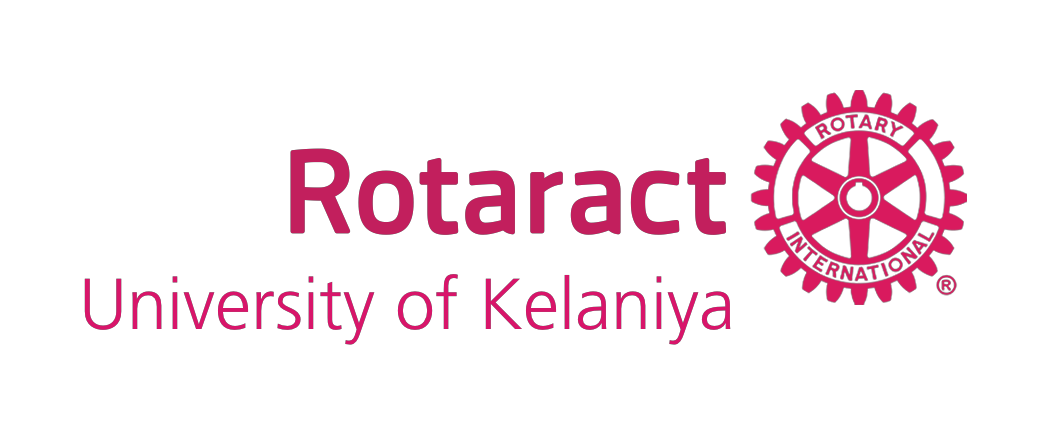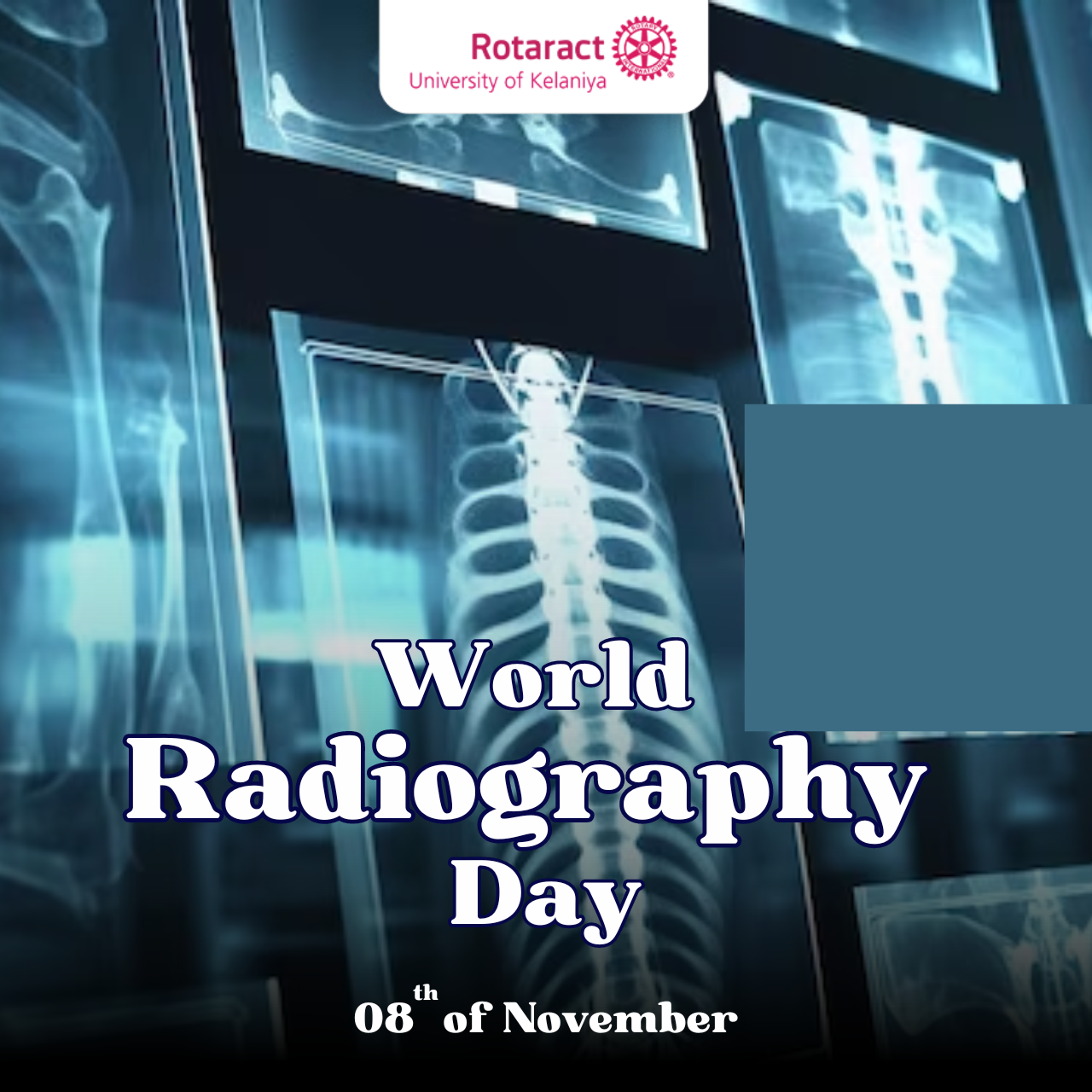Dear reader, presenting you a read through an incredible technology of science at work!
Radiography is a medical imaging technique used to capture images of the inside of the body, such as bones and organs. It uses a type of radiation called X-rays to create detailed images that can help diagnose and monitor various medical conditions. Radiography is used for a variety of purposes, including detecting fractures and injuries, diagnosing respiratory conditions, and locating foreign objects in the body. It is also commonly used for monitoring the progression of diseases such as cancer and osteoporosis. Additionally, it can be used in dental and veterinary medicine as well.

The history of radiography dates back to 1895 when Wilhelm Roentgen accidentally discovered X-rays while experimenting with a cathode ray tube. His discovery revolutionized the field of medicine and opened up new possibilities for diagnosing and treating medical conditions. The first X-ray image was produced in the same year, which was of Roentgen’s wife’s hand. This discovery quickly gained popularity, and radiography became widely used in the medical field. In 1901, Roentgen was awarded the Nobel Prize in Physics for his groundbreaking discovery.

Over the decades, radiography continued to evolve and improve. In the early 1900s, the first X-ray machines were developed, and in the 1920s, the first CT scan was performed. In the 1960s, the introduction of digital radiography made it easier to store and share images, improving the efficiency of the process.
Today, radiography is a vital tool in the medical field, used for various purposes such as diagnosing injuries, detecting diseases, and monitoring the progress of medical conditions. With advancements in technology, radiography continues to play a significant role in modern medicine, and its impact is only expected to grow in the future.
The World Radiography Day is a global event celebrated annually on 8th of November to commemorate the discovery of X-rays. Since its discovery, radiography has become an essential tool in the field of medicine, playing a crucial role in diagnosing and monitoring various medical conditions. It has immensely contributed to the improvement of healthcare, saving countless lives and providing accurate diagnoses for patients. This is why World Radiography Day is a day to honor and appreciate the significance of radiography and its advancements in modern medicine.
On this day, medical professionals, including radiographers, radiologists, and other healthcare workers, come together to celebrate the contributions of radiography. It is also an opportunity to raise awareness about the importance of this medical imaging technique in healthcare. Many organizations and institutes organize events and seminars to educate the public about radiography and its impact on the medical field. One of the main goals of World Radiography Day is to recognize and appreciate the hard work and dedication of radiographers and other medical professionals who use this technology to provide accurate diagnoses and treatments for patients. These healthcare workers play a vital role in ensuring the safety and well-being of patients, and their efforts should not go unnoticed.
Moreover, this day also serves as a platform for discussing advancements and future developments in radiography. With the continuous evolution of technology, radiography has become even more accurate and efficient in diagnosing medical conditions. It is now possible to produce three-dimensional images using computed tomography (CT) and magnetic resonance imaging (MRI), providing a more comprehensive understanding of a patient’s condition.
Radiography has turned out to be more than just a medical tool, it’s a way to understand the complexity of human body and extend solutions of cures.




